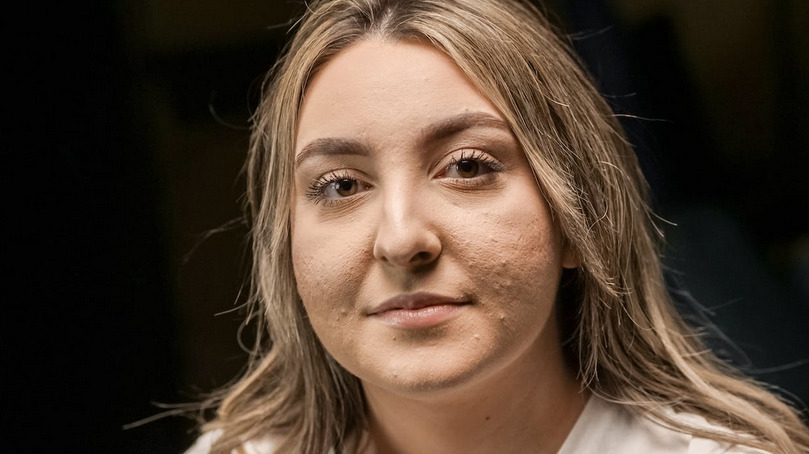Acne is a common skin condition that affects millions of people worldwide. If you’ve suffered from acne, then you know just how frustrating it can be to deal with the constant breakouts and blemishes. But what’s even more frustrating is acne’s aftermath–the scars it leaves behind. Acne scars can be a source of embarrassment and low self-esteem for many people, but the good news is that they don’t have to be permanent. Today, certain options are effective for acne scar removal. If you are interested, read an article about the Fractional CO2 Laser. Here, we will talk about the different types of acne scars.
Ice-Pick Scars
Ice-pick scars are deep, narrow scars that go all the way down to the dermis. They’re named after the tool ice climbers use because they resemble tiny pinpoint punctures on your skin. Ice-pick scars can be difficult to treat because of their depth and size. Ice-pick scars form when acne penetrates deep into the skin’s surface and destroys collagen tissue. This results in a small but visible hole or depression on your skin’s surface that can look like an enlarged pore. There are a few treatment options available for ice-pick scars, depending on their severity.
Rolling Scars

Rolling scars are another type of acne scar that is challenging to treat. These scars have a wave-like appearance and occur when fibrous bands of tissue develop between the skin’s surface and underlying tissue, pulling the epidermis downward. As a result, rolling scars create an indentation in the skin’s surface that appears elevated around its borders. They can also cause shadowing on the skin, making it look uneven. Rolling scars come in different forms – shallow or deep – depending on how much collagen is lost during acne formation. Shallow rolling scars tend to respond well to treatments like dermal fillers or subcision techniques, while deeper ones may require more invasive procedures such as laser resurfacing or punch excision.
Boxcar Scars
Boxcar scars are another type of acne scar that can be frustrating for those who suffer from them. They got their name from the shape and size of the indentations they create on the skin, which resemble small craters or depressions. These types of scars typically form when there is damage to collagen in specific areas. Unlike ice pick scars, boxcar scars have wider and flatter bases, making them appear more shallow than other types. However, this does not make them any less noticeable because they can still cause uneven skin texture and discoloration. There are several treatments available for boxcar scars that range from chemical peels to laser therapy.
Superficial Atrophic Scars
 Superficial Atrophic Scars are another type of acne scar that can be quite frustrating to deal with. These scars are generally small, shallow depressions in the skin and can look slightly wrinkled. They occur when there is an insufficient amount of collagen produced during the healing process. These types of scars often appear as flat or depressed areas on the skin’s surface, which may be discolored or pigmented differently than the surrounding area. The good news is that superficial atrophic scars usually respond well to chemical peels, microdermabrasion, and laser resurfacing treatments. It’s important to note that treating Superficial Atrophic Scars requires patience, as these treatments will not provide immediate results but will improve your complexion over time with consistent usage.
Superficial Atrophic Scars are another type of acne scar that can be quite frustrating to deal with. These scars are generally small, shallow depressions in the skin and can look slightly wrinkled. They occur when there is an insufficient amount of collagen produced during the healing process. These types of scars often appear as flat or depressed areas on the skin’s surface, which may be discolored or pigmented differently than the surrounding area. The good news is that superficial atrophic scars usually respond well to chemical peels, microdermabrasion, and laser resurfacing treatments. It’s important to note that treating Superficial Atrophic Scars requires patience, as these treatments will not provide immediate results but will improve your complexion over time with consistent usage.
Acne scars can be frustrating for anyone experiencing them. But with the different types of acne scars now well-known, it is possible to tackle them effectively. Each type of scar requires a specific treatment approach, ranging from chemical peels and laser therapy to microneedling and dermal fillers. Finding an effective treatment plan starts by identifying which kind or combination of pimple scars are present on your face or body – ice-pick scars, rolling scars, boxcar scars, or superficial atrophic acne scarring. Work closely with a skincare professional familiar with these various types of blemishes before choosing any treatments for optimal results.





